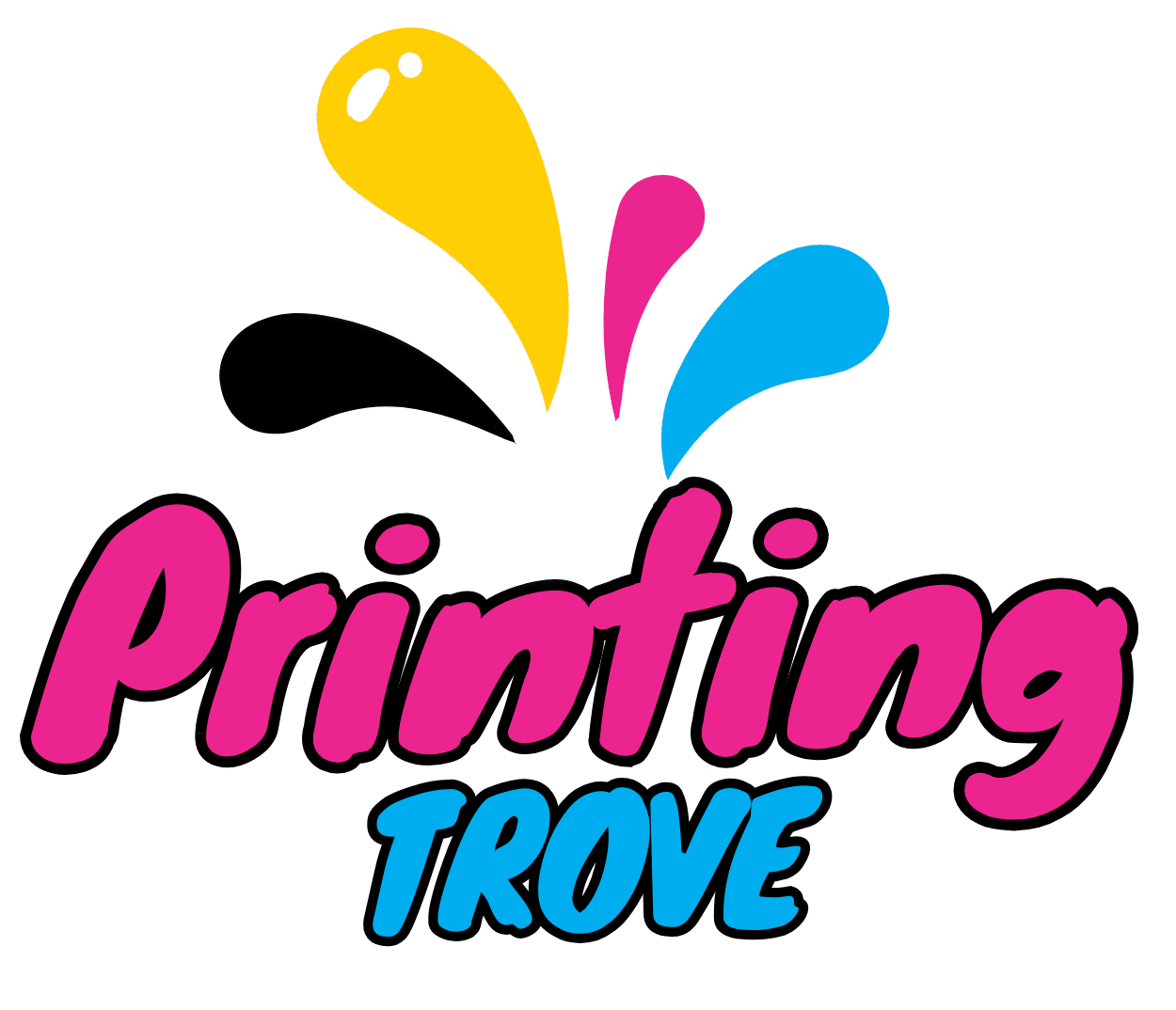Sublimation ink is widely used in printers for producing high-quality designs on various surfaces like T-shirts, mugs, mobile cases, and other merchandise. Sublimation printers offer brilliant color output and long-lasting prints, making them a favorite for small businesses and hobbyists alike. However, like any advanced printing system, sublimation printers can experience issues—most notably ink spills, clogged nozzles, or color distortion. When not addressed properly, these problems can result in low-quality prints or even hardware damage. This article provides a detailed, step-by-step guide to effectively remove sublimation ink from your printer, maintain its performance, and prolong its lifespan.

Key Takeaways
- Immediate action after an ink spill can prevent permanent printer damage.
- Cleaning solutions like isopropyl alcohol can help remove dried or stubborn sublimation ink.
- Consistent printer maintenance is essential for optimal performance.
- Using quality materials minimizes the chances of ink-related issues.
Understanding Sublimation Printing and Ink Composition

Sublimation printing is a heat-based printing technique where sublimation dye turns into gas when heated and bonds with polyester surfaces. This method offers high-quality, durable, and vibrant prints. Unlike pigment or dye inks that stay on the surface, sublimation ink penetrates the material, making it more challenging to clean once spilled inside the printer. That’s why understanding the chemical nature of sublimation ink helps in selecting the right cleaning method.
Dealing with Ink Spills Inside the Printer

Immediate Actions to Take
When you discover a sublimation ink spill inside the printer:
- Power off the printer immediately and unplug it.
- Use a lint-free paper towel or cloth to gently blot the ink. Do not rub, as it can spread the stain.
- Allow the printer’s internal components to dry naturally in a ventilated area before turning it back on.
Cleaning Solutions for Stubborn Stains
- Use isopropyl alcohol (preferably 90% or higher) as a cleaning agent.
- Apply the alcohol with cotton swabs or microfiber cloths to gently clean affected areas like printheads and nozzles.
- Repeat the process until the ink is fully removed. Be patient and gentle to avoid damaging internal parts.
Preventive Measures and Best Practices

- Only use sublimation ink and paper that are compatible with your specific printer model.
- Keep the printer in a dust-free, humidity-controlled environment to avoid clogging and ink smudges.
- Perform a nozzle check before starting large or important print jobs to ensure the ink flow is smooth.
- Cover your printer when not in use to avoid dust settling inside the components.
Sublimation Printer Maintenance: Keeping It Clean
Routine Checkups and Cleanings
- Make it a weekly habit to clean your printer’s nozzles and internal paths.
- Wipe down the printer’s outer surface with a dry, lint-free cloth.
- Use your printer’s maintenance tools, like auto-clean functions or built-in diagnostics, to detect and resolve issues early.
- Replace cleaning cartridges when necessary, especially if the print quality starts to degrade.
Remedies for Common Sublimation Ink Issues

Clearing Nozzle Blockages
- Initiate the printer’s built-in nozzle cleaning program. This is usually available via the printer’s software interface.
- If clogging persists, use a syringe cleaning kit designed for your printer model to flush the nozzles.
- Ensure you’re printing regularly to keep ink flowing and prevent drying.
Restoring Color Accuracy
- Perform color calibration through your printer’s driver settings or third-party software.
- Use or update the ICC color profile that matches your sublimation ink and paper combination.
- Regularly test print color charts to spot inconsistencies early.
Conclusion
Dealing with sublimation ink issues doesn’t have to be frustrating if you act promptly and follow a reliable cleaning process. Whether it’s a minor ink spill or a persistent nozzle blockage, the key lies in using appropriate tools, being gentle during cleaning, and staying consistent with maintenance routines. By doing so, you not only protect your investment but also ensure your prints remain vivid, sharp, and professional every time.
